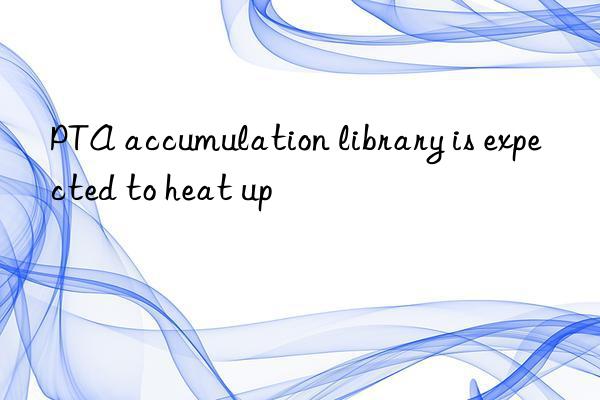
Since July, PTA has ushered in a wave of rise, and the main contract price once broke through the integer mark of 6,000 yuan/ton. On the one hand, the sharp rise in international oil prices and PX provides strong cost drivers for PTA; on the other hand, PTA's own fundamentals are relatively healthy. However, the supply and demand side of PTA has weakened recently.
Upstream on the cost side
In terms of crude oil, under the joint promotion of supply and demand and macroeconomics recently, the center of gravity of oil prices has been moving upwards since the end of June. From the perspective of supply and demand, OPEC+ implements production cuts, and shipping schedule data shows that Russia’s exports from July to August have decreased, coupled with unexpected reductions in supply from Mexico, Libya and other regions, the crude oil market will significantly destock in the third quarter. From a macro perspective, the U.S. CPI data in June fell more than expected, the market’s expectations for interest rate hikes within the year weakened, the U.S. dollar index fell overall, the market’s risk appetite improved, and oil prices received macro support.
In terms of PX, supply and demand preferences are superimposed on the support of aromatics oil adjustment demand, and PX is operating strongly. From the perspective of supply and demand, PX entered the storage channel due to centralized maintenance in the first quarter. Although the current equipment partially resumed production, the start of PTA on the demand side has remained at a relatively high level. Under the low inventory level, PX maintains a tight balance. In addition, the profit preference of refined oil products, the profit of oil blending of toluene and xylene is significantly better than the profit of chemical industry, and the diversion of PX short-process raw materials has a certain support for the price of PX.
The demand side is weakening
After the PTA supply side has experienced a phased decline, the current supply has gradually recovered to a high level. Previously, a 3.6 million-ton plant of Yisheng New Material was reduced to 50%, and a 2-million-ton plant in Yisheng Hainan was reduced to 50%. In addition, Fuhai Chuang’s 4.5 million-ton plant was shut down for maintenance, Jiaxing Petrochemical was overhauled, and PTA started construction The rate once shrank to 74%. However, since late July, Fuhai Chuang has completed maintenance and restarted, and Yisheng's two sets of equipment have also returned to normal operating rates. In addition, Hengli's new production capacity of 2.5 million tons has been successfully put into operation, and the pressure on PTA supply has returned to a high level again. rate increased to 78.3%.
From the perspective of demand, although the start of polyester production remains at a high level of 93%, there is limited room for further improvement. The increase of polyester products was not as high as that of the raw material PTA before, and the comprehensive profit was greatly reduced. Among them, the profit of filament and staple fiber was greatly reduced, and the profit of bottle flakes was at a loss. In terms of terminal weaving, the operating rate data has dropped for several consecutive weeks. Among them, the operating rate of looms has dropped to 69%, and the operating rate of texturing has dropped to 77%. Inventory pressure is high, orders and cash flow are not good, and companies are more willing to take the initiative to reduce their burdens. If the terminal load further declines in the later stage, polyester factories will face passive accumulation of warehouses, and the negative willingness of polyester to decline in low profits and high inventories will increase significantly, and the demand for PTA will face the risk of contraction.
Based on the above analysis, from the perspective of supply and demand, the current supply of PTA has recovered to a high level, the demand side is under pressure, and there is an accumulation of expectations, and the price will face greater pressure after rising. However, the relative cost valuation of PTA is not high. With the cost side remaining firm, the support below PTA is also strong.



 微信扫一扫打赏
微信扫一扫打赏
